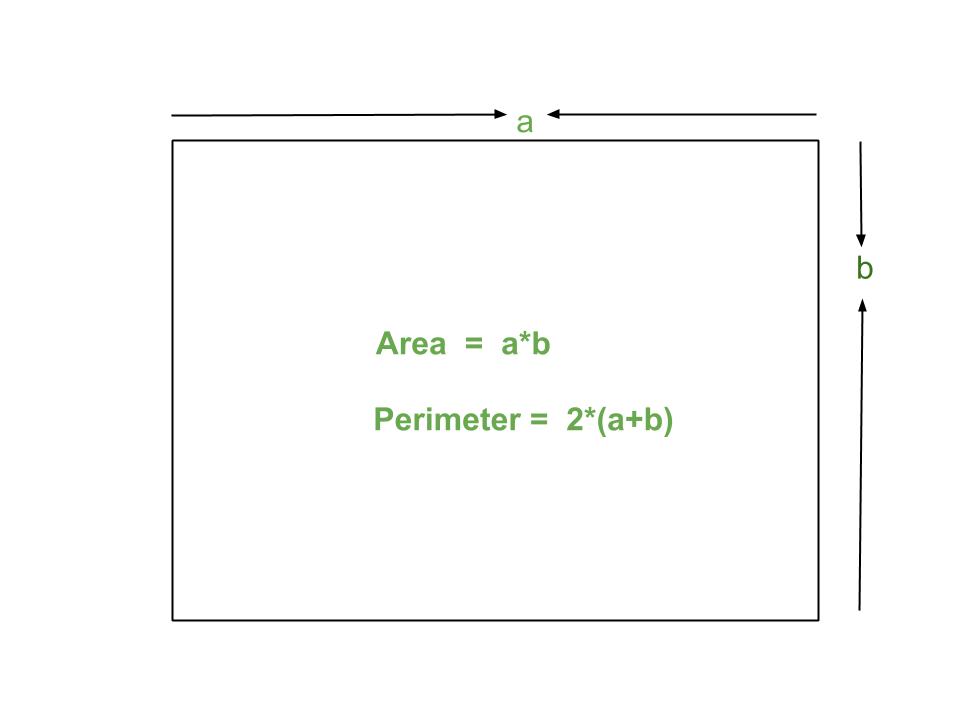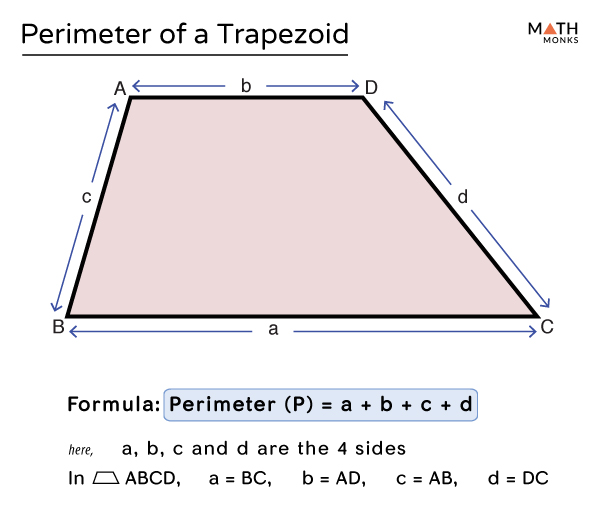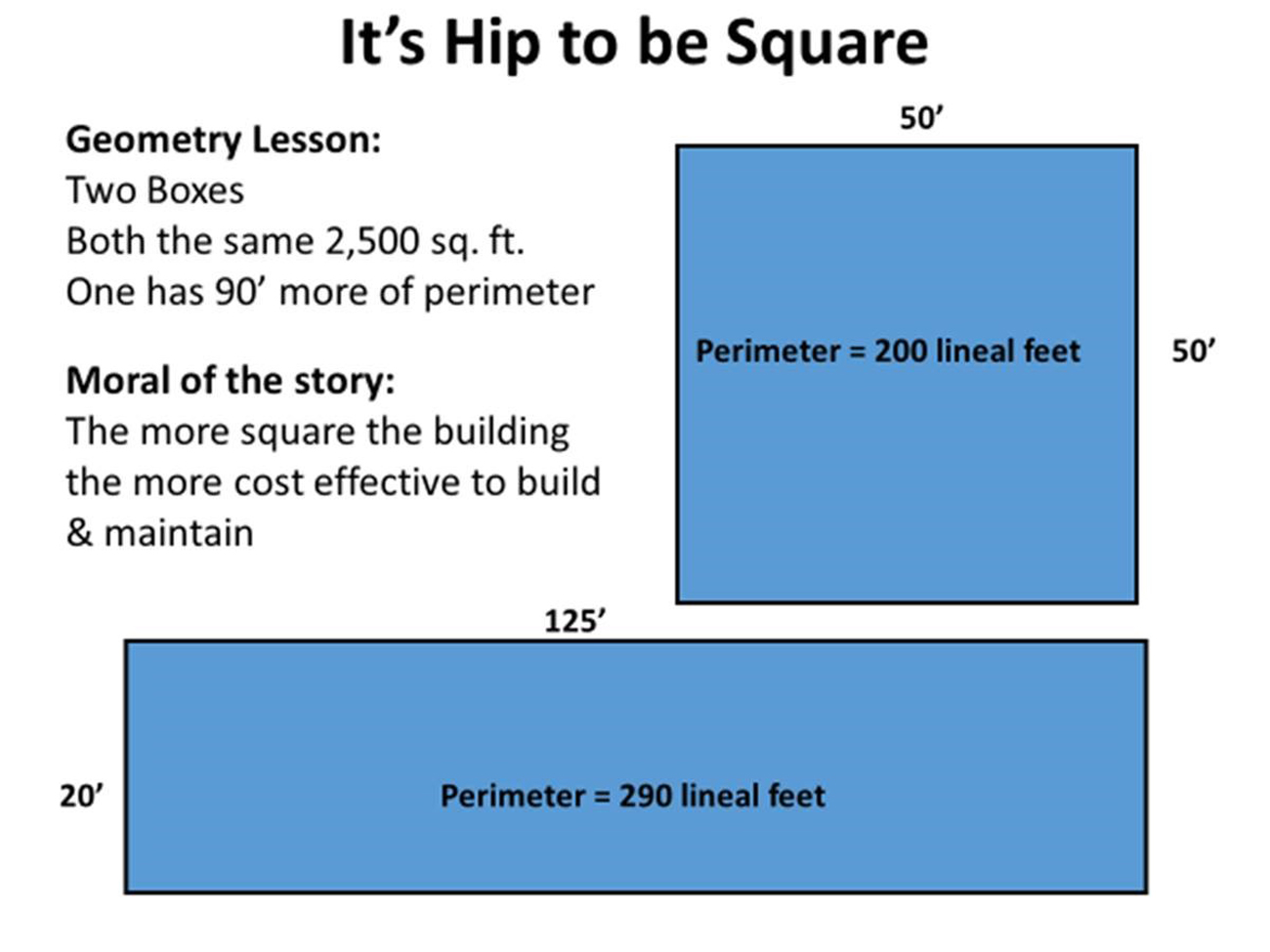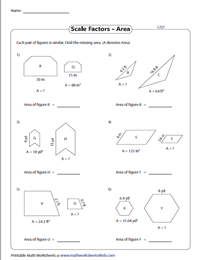Topic perimeter of a football field: Explore the fascinating world of football through its dimensions! Discover how the "Perimeter of a Football Field" shapes the game, influences strategy, and varies across different levels, from high school to the NFL.
Table of Content
- What is the formula to calculate the perimeter of a football field?
- Standard Dimensions of a Football Field
- Calculating the Perimeter of the Field
- Variations in Field Size: High School, College, NFL
- Historical and Notable Football Fields
- Understanding Field Markings and Their Significance
- Goal Post Dimensions Across Different Levels
- YOUTUBE: Math in the Real World: Perimeter and Area of the Football Field
- The Significance of Field Size in Game Strategy
What is the formula to calculate the perimeter of a football field?
The formula to calculate the perimeter of a football field depends on the dimensions of the field. Assuming the length of the field is X yards and the width of the field is Y yards, we can use the following formula:
Perimeter = 2X + 2Y
This formula calculates the sum of the lengths of both sides of the field. Since a football field typically has two lengths and two widths, we multiply the length by 2 and the width by 2.
For example, let\'s say the length of the field is 120 yards and the width is 80 yards. Plugging these values into the formula, we get:
Perimeter = 2(120) + 2(80) = 240 + 160 = 400 yards
So, the perimeter of a football field with a length of 120 yards and a width of 80 yards is 400 yards.
READ MORE:
Standard Dimensions of a Football Field
The standard dimensions of an American football field are critical to the game\"s structure and strategy. A typical football field is a rectangle measuring 120 yards in length and 53.3 yards in width. This measurement includes the end zones, which are crucial areas for scoring points. The main playing field is 100 yards long, with each end zone extending 10 yards deep.
- End Zones: The end zones, positioned at each end of the field, are 10 yards deep. They play a pivotal role in scoring touchdowns and field goals.
- Sidelines and End Lines: Sidelines run the length of the field and are essential in defining the playing area. End lines mark the boundaries of the playing field at each end and are critical in determining touchdowns.
- Goal Lines: The goal lines are situated in front of each end zone, spanning the width of the field, and are vital in indicating where a team must reach to score points.
- Yard Lines: The field is divided into yard lines, marking one-yard intervals, crucial for tracking the progress of the game and determining first downs. Notably, field numbers are placed every 10 yards to aid in orientation.
- Hash Marks: Hash marks are small lines running along the field, indicating where the ball should be placed during plays. Their spacing varies between high school (53 feet, 4 inches apart), college (40 feet apart), and NFL (18 feet, 6 inches apart) levels, impacting the game\"s tactical aspects.
Understanding these dimensions is vital for players, coaches, and fans alike, as they influence the game\"s flow and strategies employed by teams.

Calculating the Perimeter of the Field
Calculating the perimeter of a football field is a straightforward process involving basic arithmetic. The perimeter is the total distance around the edge of the field, which includes both the length and width of the field, each measured twice (since a football field is a rectangle).
- Measure the Length and Width: The standard length of a football field, including the end zones, is 120 yards (360 feet) and the width is 53.3 yards (160 feet).
- Apply the Perimeter Formula: The formula for calculating the perimeter of a rectangle (which is the shape of a football field) is P = 2(length + width).
- Calculation: Using the standard dimensions, the perimeter would be calculated as follows:
- Convert the length and width to feet: Length = 120 yards = 360 feet, Width = 53.3 yards = 160 feet.
- Apply the formula: P = 2(360 feet + 160 feet) = 2(520 feet) = 1040 feet.
- Result: Therefore, the perimeter of a standard football field is 1040 feet.
This method can be applied to any size football field, whether it is a high school, college, or professional NFL field, by just plugging in the specific dimensions of the field in question.

Variations in Field Size: High School, College, NFL
The dimensions of a football field vary slightly depending on the level of play, namely high school, college, and NFL. While the overall length and width of the field remain consistent across these levels, the key difference lies in the spacing of the hash marks.
- Overall Dimensions: Across all levels, the football field measures 120 yards in length (including the end zones) and 53.3 yards in width.
- High School Football Fields: For high school games, the distance between the two sets of hash marks is 53 feet, 4 inches.
- College Football Fields: In college football, the hash marks are spaced 40 feet apart. This wider spacing, compared to the NFL, affects the dynamics of the game, particularly in offensive and defensive strategies.
- NFL Football Fields: The NFL features the narrowest hash marks, set at 18 feet, 6 inches apart. This closer spacing is designed to increase offensive firepower in the league, as it offers a more centralized field position.
Understanding these variations is crucial for players, coaches, and enthusiasts, as it influences the tactical aspects of football at each level.
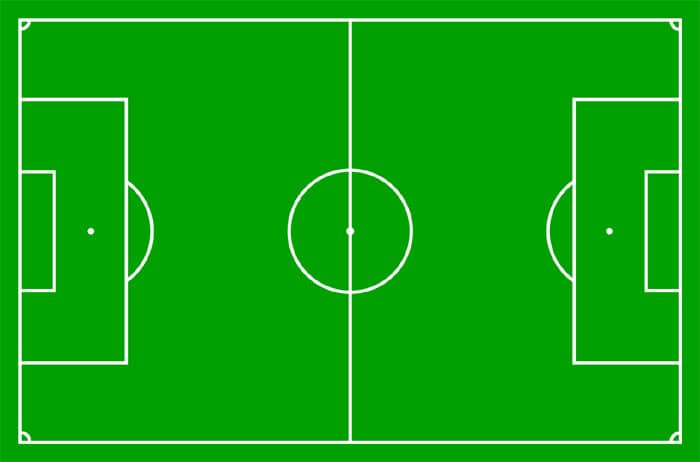
Historical and Notable Football Fields
The evolution of football fields over the years has been significant, with changes made not only in the dimensions but also in their design and features. Let\"s explore some historical and notable aspects of football fields:
- Evolution of Hash Marks: In the NFL, hash marks have been positioned 70 feet 9 inches from each sideline since 1972, while in college football, they are 60 feet from each sideline. These hash marks have undergone changes over time, originally being wider in college football, similar to high school fields.
- Goal Posts and Safety: Recent developments in material science have led to the creation of safer goalposts, made from a mix of polymers to reduce impact on players, thus improving safety. This is a significant advancement from the original goalposts, which have been a part of football history since the late 16th and early 17th centuries in England.
- Historical Development: The concept of goals in football dates back to 1584 and 1602 in England, with references made to \"goals\" in Cornish hurling. The introduction of solid crossbars and football nets, invented in 1891, were key developments in the sport.
- Penalty and Goal Areas: The introduction of penalty and goal areas marked on the pitch has been crucial in defining gameplay around the goals. These marked areas delineate where goal kicks and free kicks take place and have specific dimensions.
These aspects highlight the rich history and ongoing evolution of football fields, reflecting the sport\"s dynamic nature and the continuous efforts to improve player safety and game integrity.

_HOOK_
Understanding Field Markings and Their Significance
Football field markings play a vital role in the game, dictating play areas and strategic elements. Here’s an overview of the key markings and their importance:
- End Zones: The end zones are the scoring areas at each end of the field, extending 10 yards deep from the goal lines. They increase the total field length to 120 yards.
- Sidelines and End Lines: Sidelines run the length of the field, while end lines mark the boundaries at each end. They define the area of play and help determine touchdowns and out-of-bounds plays.
- Goal Lines: Located 10 yards from each end line, these lines are crucial for scoring as they mark the beginning of the end zones.
- Yard Lines: The field is divided into yard lines, each marking one yard, and are essential for tracking the progress of the game. Field numbers placed every 10 yards help with orientation.
- Hash Marks: These are sets of short lines marking where plays start. Their placement varies by league - in the NFL, they are 70 feet 9 inches from each sideline; in college football, 60 feet; and in high school, significantly wider.
These markings are not just for orientation but are integral to the strategy, gameplay, and rules enforcement in football.

Goal Post Dimensions Across Different Levels
The dimensions of goal posts in American football vary across different levels of play, including high school, college, and the NFL. These variations are significant for players, coaches, and game officials, as they impact the game\"s strategic and scoring elements.
- High School Football: In high school football, the goalposts are slightly wider compared to those used in college and the NFL. The crossbar is 23 feet 4 inches wide, with the uprights extending from the crossbar.
- College Football: For college-level play, the goalposts have a width of 18 feet 6 inches, similar to the NFL. This narrower width compared to high school goalposts presents different challenges for placekickers.
- NFL Football: In the NFL, the goalposts are also 18 feet 6 inches wide. The goal crossbar is 10 feet high, and the posts above the crossbar stand an additional 20 feet, totaling a height of 30 feet. These dimensions are consistent across all NFL fields.
Understanding these differences is important for those involved in the sport, as it affects field goal attempts, a critical part of scoring in football.

Math in the Real World: Perimeter and Area of the Football Field
This stunning aerial footage captures the beauty and energy of a football field, where players come together to showcase their skills and create unforgettable moments. Get ready to be filled with excitement and awe as you watch this incredible video of the game in action!
Football Field: How to Find the Perimeter
Discover the mesmerizing world of perimeter, as this video takes you on a visual journey exploring the boundaries that surround us. From the intricate patterns found in architecture to the natural landscapes that define our surroundings, this video will astound you with the depth and significance of the perimeter in our everyday lives.
READ MORE:
The Significance of Field Size in Game Strategy
The size and dimensions of a football field have a significant impact on game strategy at various levels of play. Key aspects of field size that influence the game include the length and width of the field, the placement of hash marks, and the size of the end zones.
- Field Dimensions: A standard football field is 120 yards long and 53 1/3 yards wide. This uniform size is consistent across high school, college, and professional (NFL) levels. The playing field is 100 yards long, and each end zone is 10 yards deep.
- Hash Marks: The placement of hash marks varies between the high school, college, and NFL levels. In the NFL, hash marks are closer to the center of the field at 70 feet 9 inches from each sideline, compared to 60 feet in college and significantly wider in high school. This placement affects where plays start and can influence offensive and defensive strategies.
- End Zones: The end zones, being 10 yards deep, provide a critical scoring area. The strategy for offense and defense changes when the play is close to the end zones.
Overall, understanding these dimensions is crucial for coaches and players as they develop strategies and make decisions during the game. The size and layout of the field affect everything from the type of plays called to the positioning of players.
Understanding the perimeter of a football field offers more than just dimensions; it opens up a world of strategy, history, and the evolution of this beloved sport. Embrace the game\"s complexity and revel in the rich tapestry it weaves on the field.




